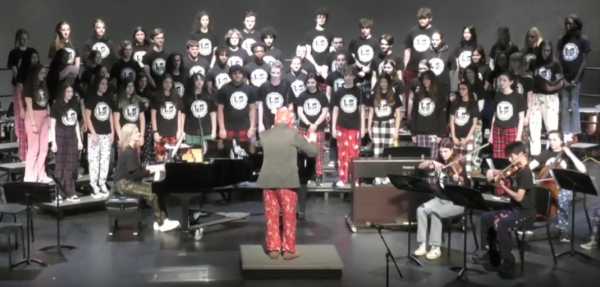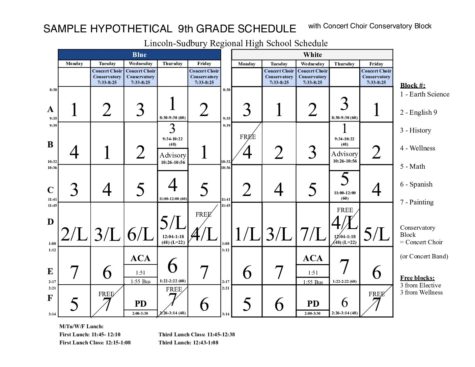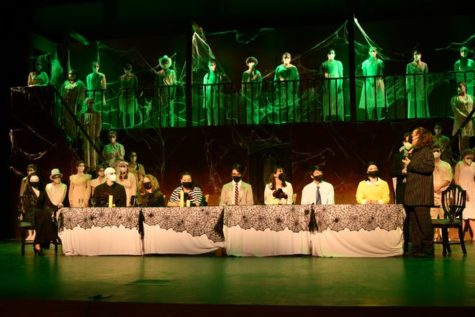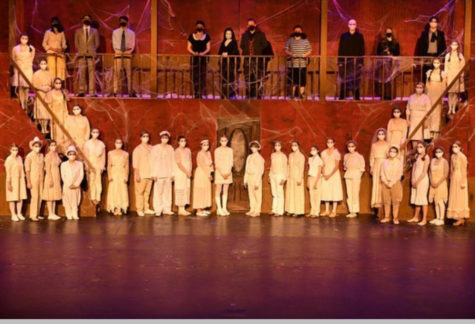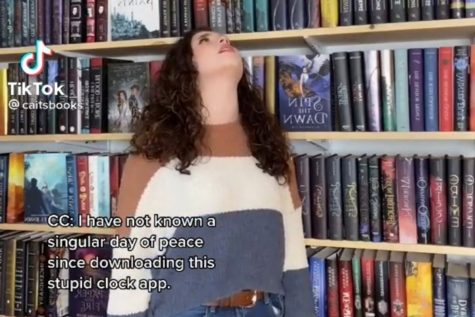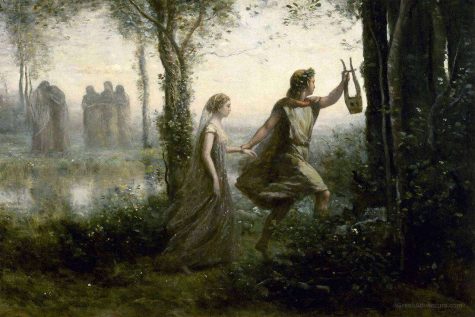The Scrolls of Justice: Art and Racial History

Many students at LS take one of the art department’s wide variety of classes, including those taught by Mr. Justice. Some students may feel they have gotten to know his style well through those classes. What they may not know, however, is that he has spent nearly two decades unravelling and exploring through art one of the most complicated aspects of American history and culture.
In a recent interview, Mr. Justice explained his passion for art started when he was around five years old. He would get up early every Saturday morning to follow along with the instructional painting videos of Captain Bob Cottle. The show would display viewers’ submissions and “one time,” Mr. Justice said, “they were panning across . . . and he was exhibiting one of them, and my picture was in it . . . I’ve loved art ever since.” This strong interest in set Mr. Justice on his way as an artist, eventually leading him to much larger projects.
Later, as a student at Boston University, he said that professors often asked students to purchase art supplies that they never used. He ended up with unused rolls of paper and realized that the scroll format was useful. “I started writing on them, and they just got longer and longer,” Mr. Justice explained. “And I was like, ‘Oh, this is like a timeline, let me just keep going.’” Over time, he filled several scrolls with his writing and art.
Mr. Justice shared how his inspiration for one of his most significant long-term projects, The Scrolls of Justice, started in 2003. When the “war on terror” was declared after September 11, 2001, he explained that one of his students asked whether he was “pro-America.” Mr. Justice replied that he would take notes on the topic and share his thoughts. The notes became the start of The Scrolls of Justice, a continuum of Mr. Justice’s thoughts about the war and how Americans in positions of power used propaganda to create support for the war among the American public. In 2007, another artist in a group to which Mr. Justice belongs, the African American Master Artists-in-Residency Program at Northeastern University, sold him a nearly 30-pound roll of paper. He has been using it since then to add to The Scrolls of Justice.
At the time, Mr. Justice had no idea that the Afghan war would end up being the longest in American history, at twenty years. As he examined the history of race and oppression in America, the ongoing war became a backdrop for his artistic exploration of the long struggle of Black Americans, people of color, and other people who are oppressed. As the war and his writing, drawing and archiving progressed, Mr. Justice says he thought, “I really want to focus on this and see what happens,” without knowing how it would end.
Mr. Justice has additional pieces with similar messages. In The Constitution series, using copies of the US Constitution, Articles of Confederation, and Lincoln’s Gettysburg Address, he incorporates texts and history into his work. “But also,” Mr. Justice says, “to look at what was written, how does it symbolically mean anything to me as a Black man, whose ancestors were slaves, and what’s going on now, in terms of staying true to the Constitution. It’s 2021 — we shouldn’t be fighting about voting rights, but that’s a huge issue right now.”
Asked whether there is an end to The Scrolls of Justice, Mr. Justice says he is now asking himself whether there is a moral to the story. Is it “a journal of twenty years?” he asks. “Or do I have to have a conclusion to it?” He suggests that it may be “when the paper runs out,” but is quick to note that “the roll still has a lot left to it.” As it stays an active piece, Mr. Justice adds he may go back and reflect on what observations he’s made, but will not rewrite his previous work. Rather, he will continue to add new things as he learns more.
Mr. Justice reflects on how the ideals that the U.S. was built on do not correlate to the realities of today. There can be no conclusion, no ending to Mr. Justice’s scrolls, until there is an end to injustices in the country. Until the U.S. acknowledges the past and present acts of oppression upon people of color, there can only be more pages added to The Scrolls of Justice. Read more about it and view Mr. Justice’s work here.
Ingrid joined the Forum in sophomore year, and is now a senior.
